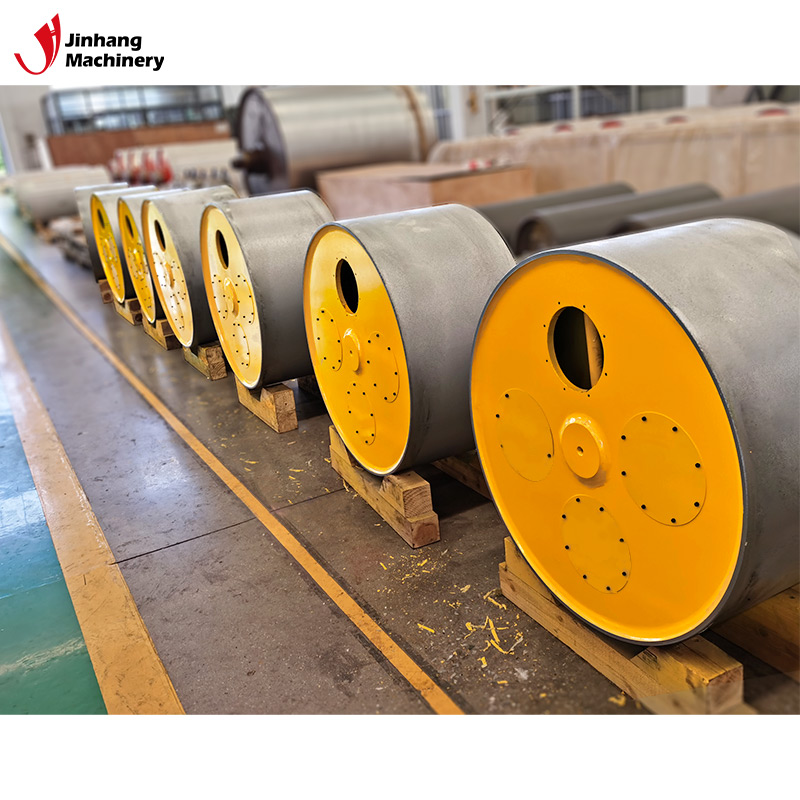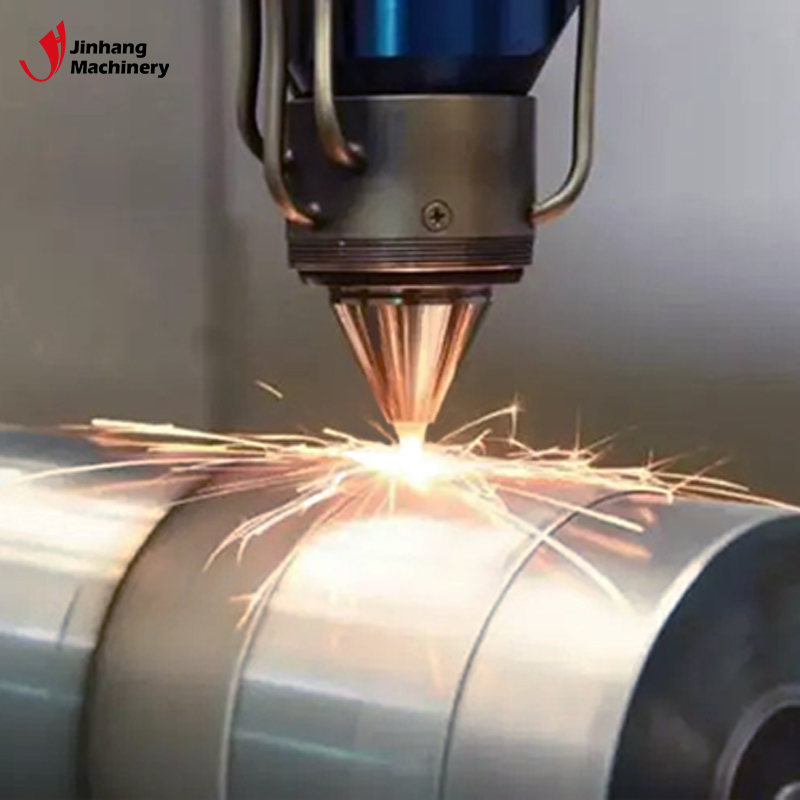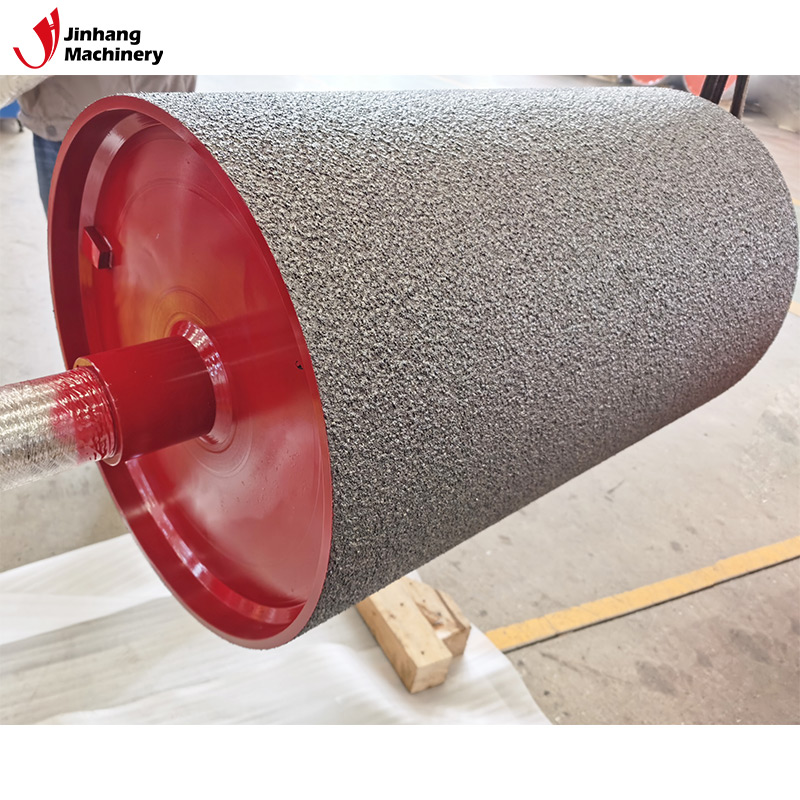What is the role of ceramic anilox roller?
As an important component in industrial production, ceramic anilox roller is widely used in many industries, especially in printing, coating, packaging and papermaking. Its main function is to control the transfer of liquid through precise surface anilox structure to achieve efficient and uniform coating, printing and transfer processes. Ceramic anilox roller plays an irreplaceable role in these industrial processes with its unique physical and chemical properties.
This article will explore the core functions of ceramic anilox rollers, their specific applications in various industries, and their impact on production efficiency and quality, to help readers better understand the importance of this key equipment in industrial production.

What is the basic principle of ceramic anilox rollers?
Ceramic anilox rollers are a roller body made of hard ceramic material with a fine anilox structure engraved on the surface. Unlike ordinary rollers, the surface anilox roller can store and accurately transfer liquids such as ink, coating, glue, etc. The high hardness and wear resistance of ceramic materials enable it to maintain stable performance in high-intensity working environments.
The working principle of ceramic anilox rollers mainly depends on the design of the mesh and the rotational movement of the roller body. When the roller body contacts the surface to be treated, the liquid on the roller is evenly released onto the target object. The accuracy and efficiency of this process greatly depends on the structural design of the mesh, including the depth, shape and arrangement of the mesh. These factors together determine the amount, uniformity and stability of liquid transfer.
Core characteristics of ceramic anilox roller:
1. High hardness and wear resistance: The high hardness of ceramic materials enables the anilox roller to maintain its surface integrity and prevent wear during long-term operation.
2. Fine anilox structure: The surface anilox structure determines the accuracy of liquid transfer and is suitable for occasions requiring high-precision coating or printing.
3. Corrosion resistance: Ceramics have excellent chemical corrosion resistance and can be used for a long time in various liquid media without being corroded or deteriorated.
4. Good thermal stability: Ceramic materials can withstand high temperatures, so ceramic anilox rollers can still maintain their performance in high temperature environments.

What is the role of ceramic anilox rollers?
The main function of ceramic anilox rollers is to accurately control the transfer of liquids, thereby ensuring the uniformity of material coating or transfer during the production process. This function is widely used in many industries. Specifically, ceramic anilox rollers play an irreplaceable role in the following aspects:
Coating control
Coating is an essential part of many production processes, such as coating of packaging materials, coating of optical materials, and coating of battery poles. In these production links, the uniformity and thickness of the coating directly affect the final quality of the product. The ceramic anilox roller can accurately control the amount of coating material and ensure the uniformity of the coating through its fine mesh design.
Role in the coating process:
● Control the amount of liquid: The mesh structure determines the amount of liquid that can be stored on the roller body, thereby accurately controlling the amount of coating transferred each time to ensure uniform coating.
● Improve production efficiency: Through precise coating control, product defects are reduced and production efficiency is improved.
● Reduce material waste: Since the ceramic anilox roller can accurately control the transfer of liquid, the use of excess materials is reduced and production costs are reduced.
Ink transfer
In the printing industry, the transfer accuracy of ink directly affects the quality of printed products. Ceramic anilox rollers are widely used in flexographic and gravure printing to ensure that ink can be evenly transferred to the printing plate to achieve high-quality printing effects. Compared with traditional metal rollers, ceramic anilox rollers can better control the amount of ink and prevent problems such as ink overflow and ink shortage.
Role in ink transfer:
● Accurate ink volume control: Through the fine mesh design, ceramic anilox rollers can transfer accurate ink volume during each printing process to ensure color consistency of printed products.
● Reduce printing failures: The wear resistance and chemical stability of ceramic anilox rollers reduce failures caused by roller wear during printing, ensuring long-term stable printing effects.
● Increase printing speed: Due to the ability to accurately control the amount of ink, the time for adjustment and calibration is reduced, thereby increasing the overall printing speed.
Glue or adhesive coating
In packaging, papermaking and other industries that require bonding processes, ceramic anilox rollers are used to control the uniform coating of glue or adhesive. The coating quality of the adhesive directly affects the structural stability and appearance of the product, so accuracy in the coating process is crucial.
Role in adhesive coating:
● Ensure uniform bonding: By controlling the coating thickness and amount of adhesive, the ceramic anilox roller can ensure the consistency of the bonding effect.
● Reduce overuse: Accurate coating control reduces adhesive waste and avoids product quality problems caused by excessive use of adhesive.
Control of fine coating materials
In many high-end industries, such as optical material manufacturing and electronics, the thickness and uniformity of the coating have extremely high requirements for product performance. Ceramic anilox rollers can provide extremely high coating accuracy, ensuring uniform thickness and quality of coating materials, thereby improving product performance and service life.
Role in fine coating:
● High-precision coating control: The micron-level structural design of the mesh can achieve precise control of coating thickness and ensure uniform coating quality.
● Ensure product quality: Through the precise coating process, product performance problems caused by uneven coating are avoided, and the overall production quality is improved.

What are the application industries of ceramic anilox rollers?
Ceramic anilox rollers are widely used in many industries due to their unique performance and functions. The following are the main application areas of ceramic anilox rollers in several typical industries:
Printing industry
Ceramic anilox rollers are mainly used for ink transfer and coating in the printing industry. Due to their high-precision liquid transfer capabilities, ceramic anilox rollers play a key role in flexographic and gravure printing, ensuring uniform ink transfer and improving the quality of printed products.
Packaging industry
In the packaging industry, ceramic anilox rollers are used to control the coating of glues, coatings and other adhesives. Accurate coating control ensures the bonding quality of packaging materials while reducing material waste and improving production efficiency.
Papermaking industry
During the papermaking process, ceramic anilox rollers are used to control the coating on the surface of the paper to ensure a uniform and smooth coating. Its wear resistance and high-precision transfer capabilities make it an indispensable equipment in the papermaking industry.
Coating industry
In the coating industry, ceramic anilox rollers are used to control the uniform coating of coatings, especially in applications that require high-precision coatings, such as automotive, electronic equipment and optical material manufacturing. Its excellent wear resistance and chemical resistance allow it to work for a long time in these demanding environments.

What is the importance of cleaning and maintenance for ceramic anilox rollers?
Although ceramic anilox rollers have high hardness and wear resistance, regular cleaning and maintenance are still very important to ensure their long-term stable operation. Improper cleaning or accumulation of residues may cause mesh blockage and affect the accuracy of liquid delivery. Using appropriate cleaning methods, such as manual cleaning, chemical cleaning or ultrasonic cleaning, can effectively remove residues on the surface of the roller and ensure the normal operation of the equipment.
Conclusion
The role of ceramic anilox rollers in industrial production is irreplaceable. Its core function is to control the delivery of liquid through a fine mesh structure to ensure the uniformity and accuracy of the coating, printing and bonding processes.
